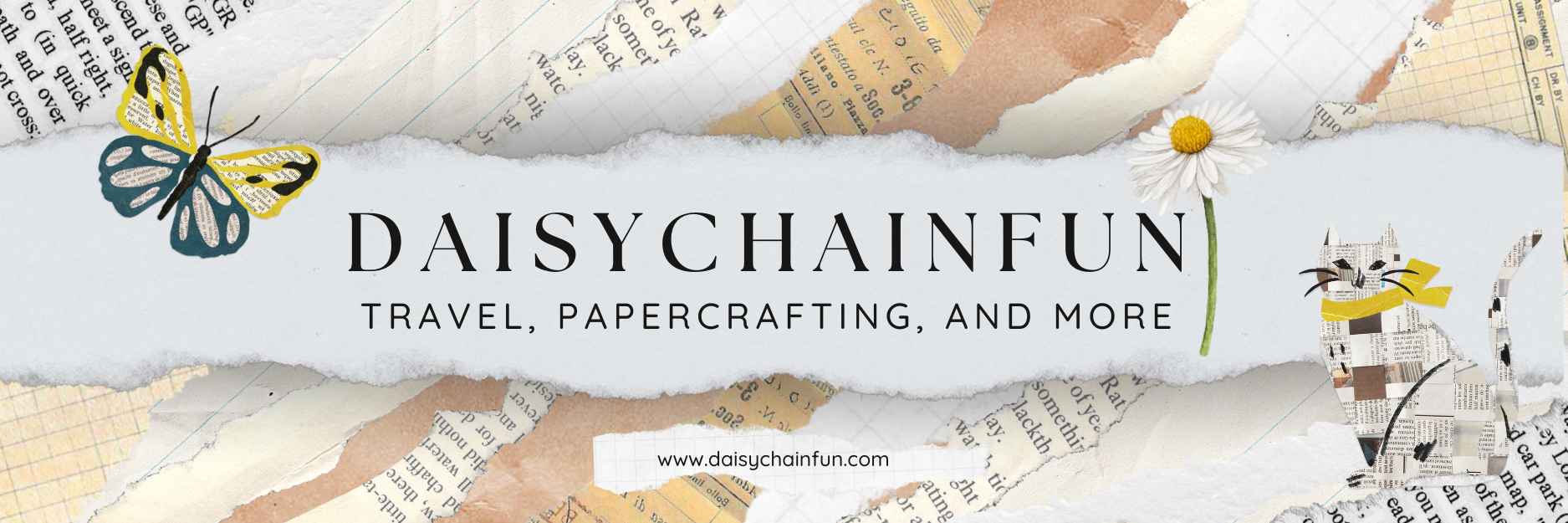The paper in the Thoughtful Journey designer series paper pack from Stampin’ Up is so beautiful that it doesn’t need much help with decoration, it is the star of every card it is used on.

To create this card, you just need a few things:
- Petunia Pop card stock
- Fresh Freesia card stock
- Thoughtful Journey designer series paper
- Memorable Blooms stamp set
- Fresh Freesia ink
- Brushed Brass Butterfies embellishments
- Scoring board or scoring blade for your paper trimmer
- Paper trimmer
- Adhesive of choice

With your Petunia Pop card stock cut a card base to 4 ¼” x 10” and score at 5 ½”. Fold on the score mark. With the Fresh Freesia card stock cut a piece to 4” x 4 3/8” and a second piece to 4” x 5 ¼” for the inside. Then choose a piece of the Thoughtful Journey designer series paper that matches the card stock and cut to 3 ¾” x 4 1/8” and a piece to 1” x 3 ¾”. I choose the one with bunches of purple flowers, but you could also use one of the two thistle papers. Layer your Thoughful Journey piece on top of the smaller Fresh Freesia and then onto the shorter front piece of your card base, all aligned to the right end of the front and cut your slant so they will all align when you adhere them. Once cut, you can then adhere the Fresh Freesia to the Petunia Pop card front and the Thoughtful Journey piece on to that.

Take your inside piece of Fresh Freesia you cut earlier and adhere to the inside of your card. Now with the “Thanks so much” stamp from the Memorable Blooms stamp set from Stampin-Up and your Fresh Freesia ink and stamp your greeting in the upper right corner centering in the space. With your Brushed Brass Butterflies embellishments, adhere a few to the front of your card and one with your greeting. With the 1” x 3 ¾” piece of Thoughtful Journey paper, adhere that to the left side of the inside of your card for decoration.

If you are interested in seeing other card ideas, please visit my blog at www.daisychainfun.com. Also, if you would like to purchase any Stampin’ Up products, please visit my website at https://www.stampinup.com/?demoid=2269501.
All cards are handmade and photos taken by DaisyChainFun.






















































